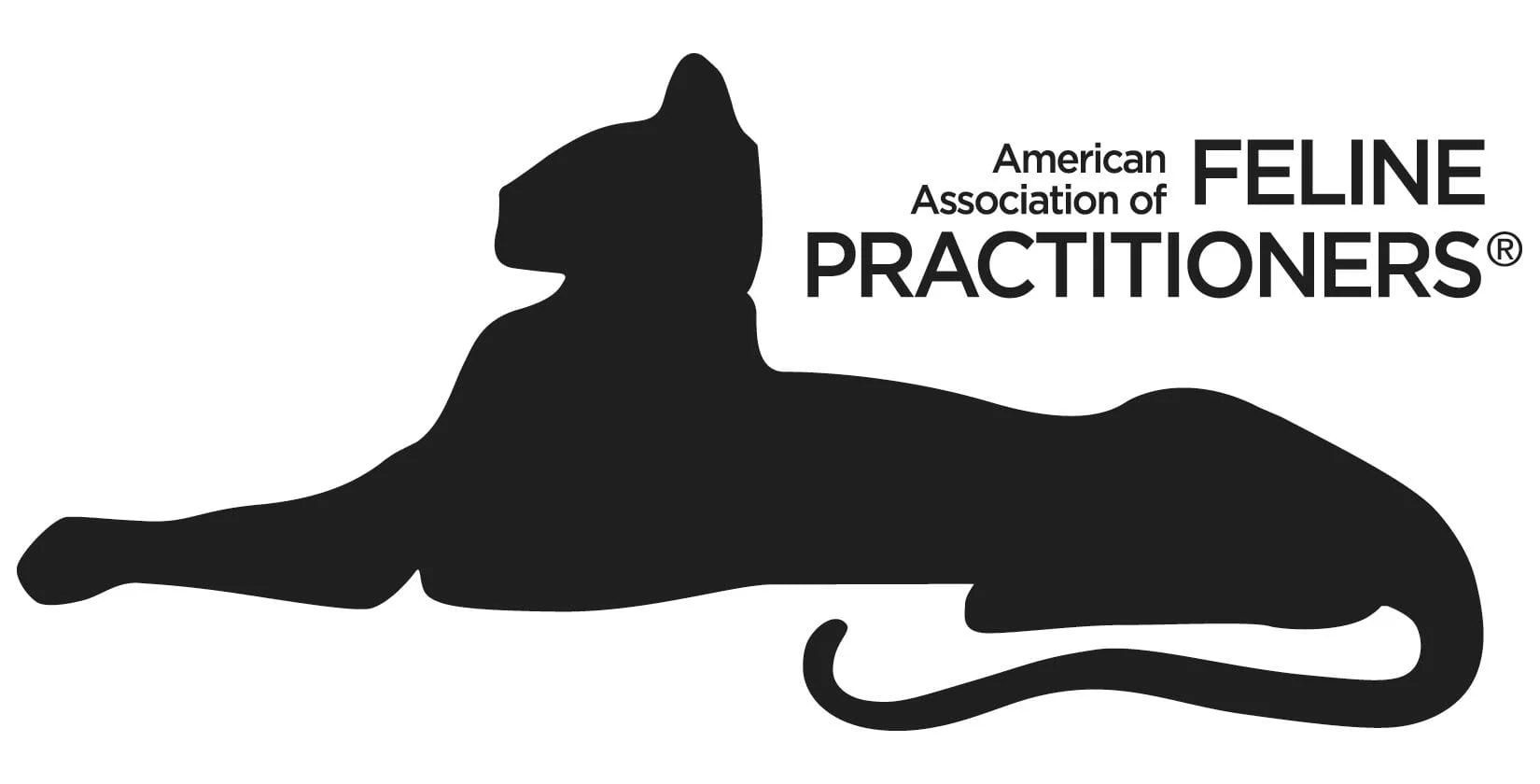Per their dentist’s recommendation, most people brush their teeth twice a day and floss once a day. Practicing regular at-home care and routinely visiting an oral health professional can help prevent bad breath, tooth decay and gum disease. Having good oral hygiene practices is also essential for helping maintain one’s overall health.
Did you know that having good oral hygiene is an important part of your pet’s overall health too? In fact, pets are just as susceptible to the negative repercussions associated with poor oral hygiene as humans are. Unfortunately, few people brush or clean their pet’s teeth as frequently as is recommended — if at all. Here’s a reminder about why it is just as critical for you to practice good oral hygiene habits on your pet as it is to practice them on yourself.
Periodontal Disease
Whether in humans or in animals, periodontal (gum) disease ranges from early-stage gingivitis, which is characterized by gum inflammation, to advanced-stage periodontitis, which is often characterized by damage to the jawbone and soft tissue around the teeth.
The root cause of periodontal disease is plaque buildup around the teeth that gradually spreads under the gum line. When left untreated, bacteria under the gum line can make the problem worse. As it progresses, periodontal disease damages the supporting tissue around the tooth, which can lead to loose teeth that eventually fall out. Furthermore, certain chemicals released by your animal’s own immune system actually speeds up this process.
Thankfully, practicing regular at-home dental care and visiting your veterinarian for regular checkups can help prevent the onset of periodontal disease and other dental diseases in your pet. Use the following guide to keep your pet’s pearly whites sparkling bright.
How to Clean Your Pet’s Teeth
- If possible, introduce your pets to the concept of having their teeth brushed at a young age. Start slowly, so they acclimate to having a toothbrush or finger brush and toothpaste in their mouth. At first, simply put a toothbrush or finger brush with toothpaste on it into your pet’s mouth for 5 seconds at a time. You can slowly increase this amount of time to 2-minute increments, once they become comfortable having a toothbrush and toothpaste in their mouth.
- As your pet becomes more comfortable with this process, start brushing their teeth. Use your finger or a toothbrush to slowly brush one tooth at a time, focusing on the gum line. The junction of the tooth and gum is one of the most important areas to reach.
- Retract your pet’s lips to create a smile and get to work on the back molars. Spend about 1 minute on the upper row of teeth and another minute on the lower row of teeth. If your pet simply won’t tolerate having his teeth brushed for this long, focus primarily on the upper and outer molars.
- Lastly, make it fun! Use kibble, treats or toys to reward your pet.
Remember: Always use toothpaste that is specifically recommended for use on animals.
If you have any additional questions about your pet’s oral hygiene or would like more information about the correct way to brush your furry friend’s teeth, contact us for help. We can provide teeth cleanings for your pet, recommend a veterinary dental specialist or simply provide more information about your pet’s oral health.

